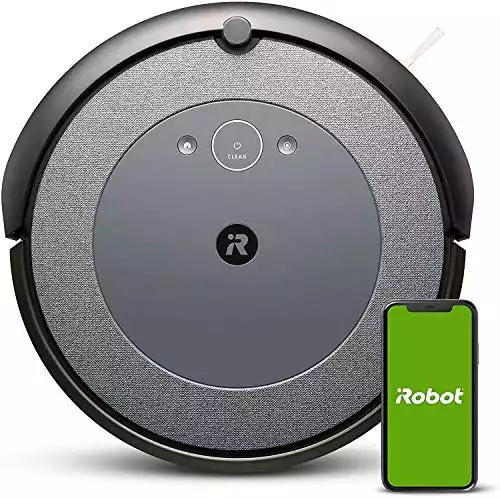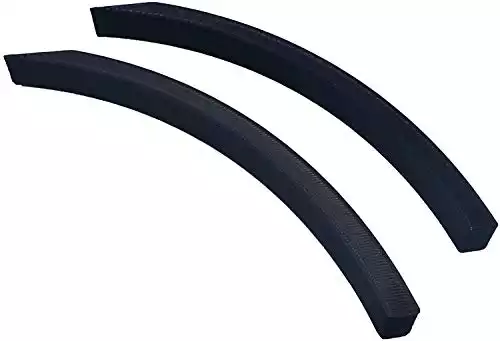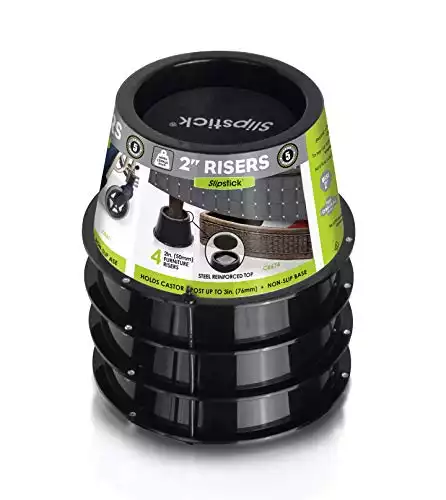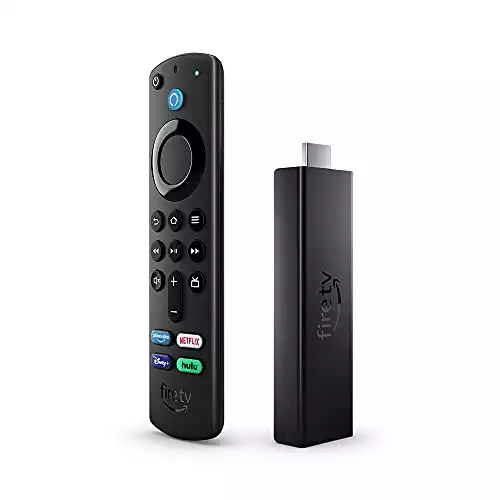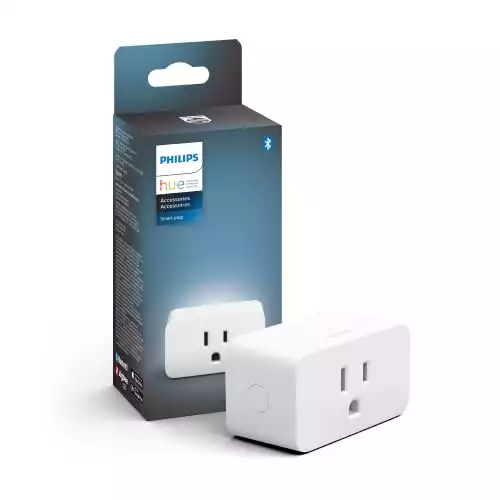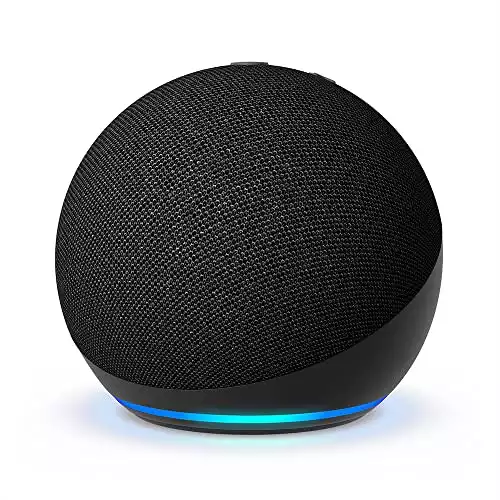This page may contain affiliate links. Please read my disclosure for more info.
Roombas are superb at cleaning wide-open spaces, but couches, tables, and other obstacles have always been a challenge.
In this article, I’ll show you how to keep a robot vacuum from getting stuck under furniture. Whether you want your Roomba to clean under your couch or just avoid your furniture altogether, I’ll explain how to make that happen.
Why Is My Roomba Always Getting Stuck?
Early Roomba models were notoriously bad about getting stuck on cables, carpet, furniture, and even random articles of clothing. It seemed any obstacle could cause your robotic vacuum to stop and cry out for help.
I’ll cover some tricks below for solving common reasons why your Roomba gets stuck, but let me start with one major suggestion: upgrade your old Roomba. The latest generations of Roombas have much better mapping technology and object avoidance tactics. And their rollers avoid tangles better.
You don’t need a high-end Roomba like the S9 to take advantage of these new features. The Roomba i3 is a huge improvement over older Roomba in just about every way, is reasonably priced, and even offers Alexa’s Roomba voice commands.
Do Robot Vacuums Go Under Furniture?
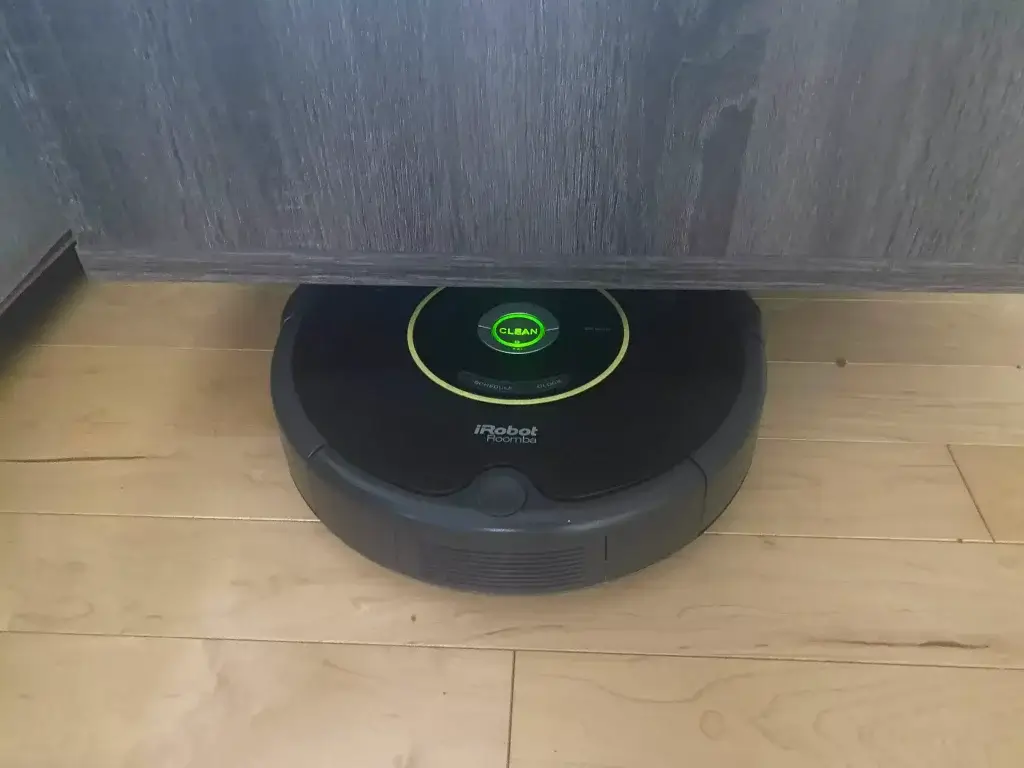
Whether your robot vacuum cleaner goes under your furniture is up to you. You can use furniture risers to lift up your furniture, giving your Roomba a chance to clean underneath. Alternatively, you can block off your furniture either physically or in the Roomba app.
I’ll cover each of those options in the next sections. Personally, I like to give my Roomba a chance to clean under my furniture, at least in the parts of the house that need it most. But some people don’t like the look or feel of sofa risers, which is why I’m going to give you ways to stop your Roomba from going under the couch, too.
How to Keep Roomba from Going Under a Couch
These options can also work for coffee tables, beds, and any other furniture with robot-sized spaces underneath. Sofas are the biggest offender, though, so we’ll cover them in the most depth.
Option 1: Buy a robot vacuum height adjuster
Your Roomba is only getting stuck because it’s the perfect size for your furniture. I guess you could go out and buy a bigger Roomba, but it’s a lot cheaper to make your current Roomba seem bigger.
Height adjusters, also known as bumper extenders, add extra height to the edges of your robot vacuum. They do that by attaching to the top of the rubber bumpers, extending them up by 0.5–2.0 inches.
Since this adjusts your vacuum instead of your furniture, it’s a great option aesthetically. It’s also a one-and-done fix, which is convenient. However, it won’t work if you want your vacuum to clean under some furniture and not under others—it blocks them all.
Option 2: Block your furniture using physical objects
I’m going to show you better ways to block your Roomba from getting to your couch in a minute. First, though, here’s a method that works with objects you might already have around your home.
Almost any large, stationary object can block your Roomba’s path. We can use that by arranging pool noodles around the edge of your couch. You may need to cut them or glue them together to make this work. Ideally, you should slice them to fit snugly between your couch and the floor.
Option 3: Block your furniture using boundary markers
Most robot vacuums have some form of boundary marker. My two mid-tier favorites—the Shark IQ and Roomba i3—illustrate the different forms these boundaries can take.
The Shark IQ has magnetic boundary markers that lay flat on the ground and indicate to the vacuum not to cross a line or region. Roborock, Neato, Eufy, and Coredy vacuums also use these markers.
Roomba went a different route. They have virtual walls that designate a line which the Roomba cannot cross. The walls also have a halo mode that prevents the Roomba from entering a circular region.
Each of these boundary types has its own advantages and disadvantages. The boundary tape can handle oddly shaped regions with no problem, but it presents a potential tripping hazard. The virtual walls don’t get in your way, but they can only easily block paths or circular regions.
Option 4: Block your furniture in your vacuum’s mobile app
Most high-end robot vacuums and even some mid-tier models (like the Shark IQ) have advanced mapping features, including no-go zones.
Once your vacuum maps out a room, you can go into the app and designate regions (typically only square or rectangular) as being off-limits for the vacuum. In future runs, the vacuum will clean as close as possible to the region without entering it.
How to Have Roomba Clean Under Couch
Blocking your couch prevents your vacuum from getting stuck, but it won’t get rid of all the dirt piling up under your furniture. Worse, robot vacuums may throw more dirt under your couch, so I strongly suggest you use one of these methods to let your Roomba clean under your furniture.
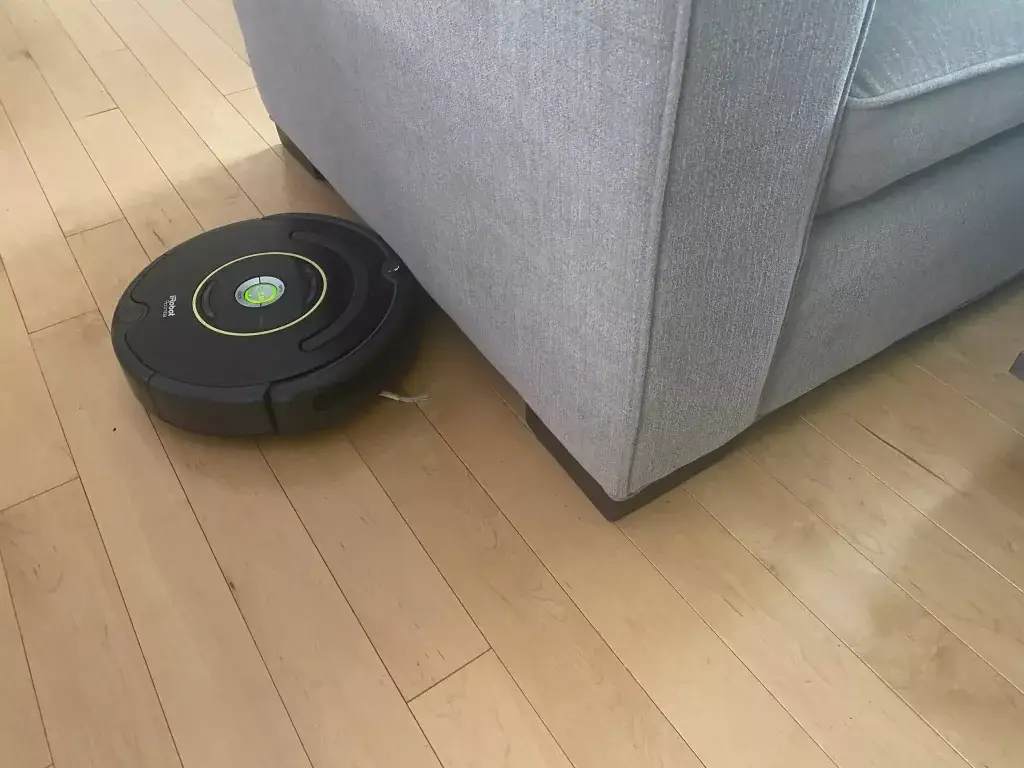
Option 1: Buy Sofa risers
Sofa risers and other furniture risers are by far the easiest way to let your Roomba under the couch. They come in several different styles, so you should be able to find some that match your aesthetic preferences.
I like these ones from Slipstick. They don’t draw attention away from the furniture, and they offer a full 2 inches of height to your furniture. Slipstick also has other heights and optional risers, so you could raise your furniture by up to 7 inches if you really needed to.
Option 2: Make your own sofa risers
Okay, DIY peeps, I see you there. And yes, you can build your own sofa risers. If you already have woodworking equipment, you can probably get this job done with whatever spare chunks of wood you have lying around.
Rather than explain the process myself, though, I found this handy video that walks you through making DIY furniture risers.
Frequently Asked Questions
How do I keep my Roomba from getting stuck under my cabinets?
You can use bumper height extenders to stop your Roomba from getting stuck under cabinets. You may also be able to use no-go zones or boundary markers, depending on what Roomba model you have.
Can robot vacuums go over transitions and bumps?
Most robot vacuums should go over floor transitions of up to 1/2 inch with no problem. This includes transitions between carpet and hard flooring. Taller transitions may also be fine as long as they have rounded edges.
Your robot vacuum won’t even attempt steeper transitions. From the low side of the transition, they’ll just bump into it and clean along the transition as if it were a wall. If the vacuum is coming from the high side of the transition, its cliff detection will kick in, turning the vacuum around to prevent it from falling.
What’s Next?
This is just the beginning of your robot vacuum journey. Now that you’ve stopped your Roomba from getting stuck under furniture let’s talk about what else it can do.
Did you know that you could be using your Roomba on multiple floors? Most smart-mapping robot vacuums are well-equipped for it, with the ability to remember multiple floor plans. Just be sure to take your Roomba’s weight into account since it won’t climb the stairs on its own!
|
N/A
|
$34.99
|
$49.99
|

Zachary has spent 12 hears in the tech industry focusing on automation, analytics, and cybersecurity. His passion is tech education; he uses his industry expertise and STEM PhD to break down complicated concepts into simple step-by-step guides. When he’s not writing or coding, you can find him binging anything Star Trek or Marvel or reading far too many sci-fi novels.

